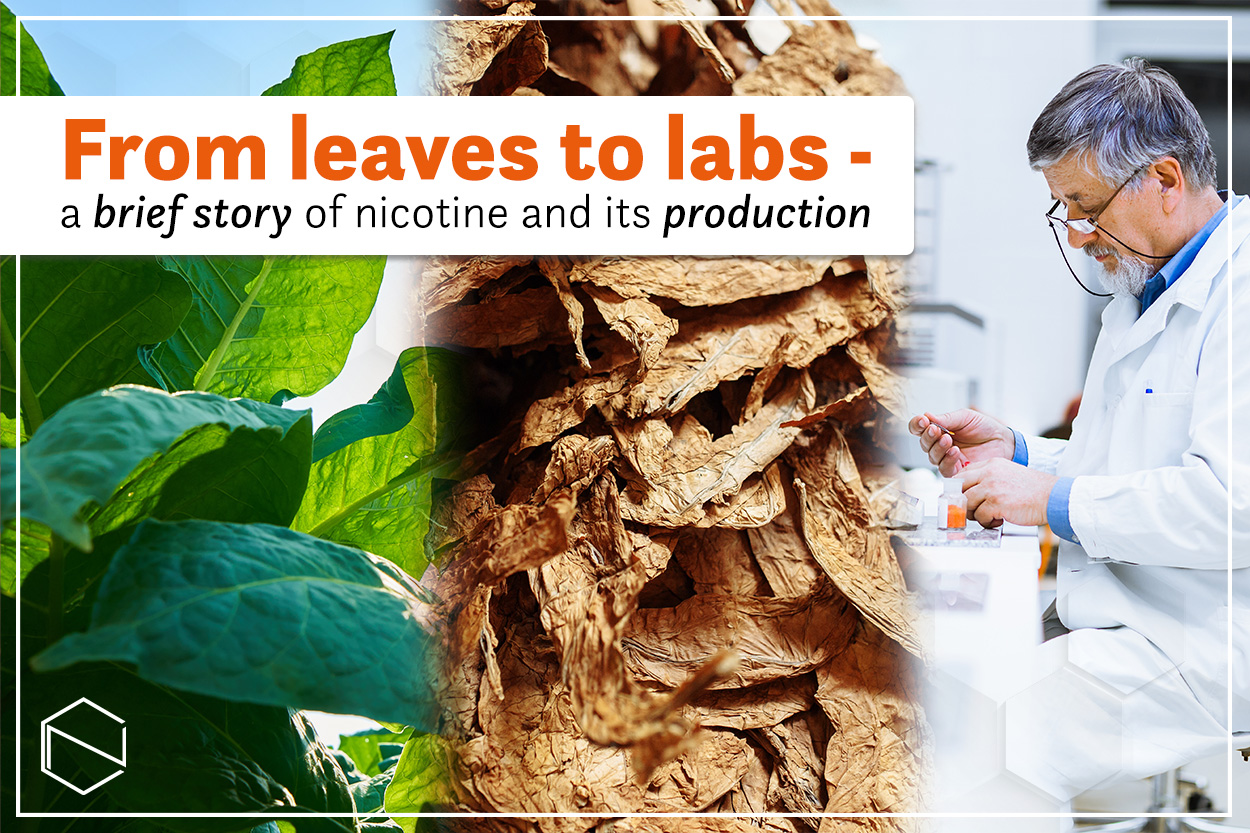
Nicotine is an omnipresent substance. Millions of people consume it on a daily basis, on every continent. Some do it for pleasure, some for medical reasons, and others on social occasions. Not everybody knows, however, that pure nicotine – the raw material used by manufacturers – is a highly dangerous substance, which may bring fatal consequences if handled improperly. From this article, you will learn what are nicotine’s origins, what danger may result from contact with it, and how it is obtained. Below you will find the agenda, that will help you find the information you may be looking for.
Nicotine production process – table of contents
- What is pure nicotine?
- Nicotine production: First steps and extraction
- Nicotine distillation and quality assurance in Chemnovatic
- Nicotine is a dangerous substance
- Nicotine applications
- Summary
I. What is pure nicotine? How to make nicotine?
Pure nicotine is a substance, that occurs, in the greatest amount, and is made out of tobacco plant. The highest concentration of nicotine is found in the leaves. The most popular species to produce cigarettes or source nicotine is grown in the world Nicotiana tabacum. However, other species, native to South America, are cultivated as well, for example, Nicotiana rustica, Nicotiana alata, or Lobelia Inflata.
Although Nicotiana rustica leaves contain up to 3 times more nicotine than Nicotiana tabacum, it places second, when it comes to popularity. The reason behind it is Nicotiana tabacum’s smoother taste.
What is worth mentioning is that most people have contact with another nicotine source daily. Trace amounts of the substance are present in tomatoes, eggplants, or peppers.
Chemnovatic offers exemplary products directly related to pure nicotine such as PureNic 99+ or NicSalts.
How is nicotine made? Is it made naturally?
What is worth mentioning, nicotine is made naturally and made out of tobacco plants. However, synthetic nicotine is also on the market and it is tobacco-free, made in laboratories. It became popular, due to the fact it’s tobacco-free. Consequently, it wasn’t subject to various tobacco product regulations.
Read more:
- What Is Nicotine And How Is It Classified?
- Hard To Handle, Easy To Vape: How To Work With Nicotine Safely?
- Synthetic Nicotine vs. Tobacco Nicotine
- 4 Nic Salt’s Features You May Benefit From
- Nicotine Absorption And Nicotine Salts
- Natural Vaping Products: Bases, Nicotine, Flavorings
- E-Liquid & Vape Industry Regulations [Knowledge Base]
- E-Liquid Regulations In The World
- E-Liquid Regulations Guide: [Get Your Free E-Book]
- E-Liquid Industry Regulations: REACH and CLP
When was tobacco discovered? How did it arrive in Europe?
Nicotiana tabacum, nicotine’s main source, comes from South America, where indigenous people rolled its leaves, burnt, and inhaled the fumes. The original use of tobacco was for religious and medical purposes. However, the name – nicotine – comes from Jean Nicot de Villemain, a French diplomat and a scholar. He brought the plant to France in 1560.
Medicinal uses of tobacco in history
Back in that time, it was believed, that smoking tobacco prevents illnesses and the plague. However, for nicotine to be discovered as an individual substance, mankind had to wait another 300 years. Responsible for this were two German chemists – Wilhelm Heinrich Posselt and Karol Ludwig Reimann – who isolated the substance from Nicotiana tabacum leaves. Moreover, by the end of the XIX century nicotine’s empirical formula was described (1843, Louis-Henri-Frederic Melsens), the structure was discovered (1893, Adolf Pinner) and in 1904 pure nicotine was first synthesized by a Swiss – Ame Pictet.
Although in the past many believed, that tobacco prevents illnesses and cures various conditions, chemists who extracted pure nicotine found it as poison. From today’s perspective, it’s hard to deny the Germans’ statement or at least the danger the substance carries. More, however, on nicotine toxicity later in this article.
We have been in the vape and e-liquid sector since 2013. Dozens of clients have trusted us and we have launched over 300 products and brands. Use our resources and experience and together we will earn your success – rapidly check our Knowledge Base.
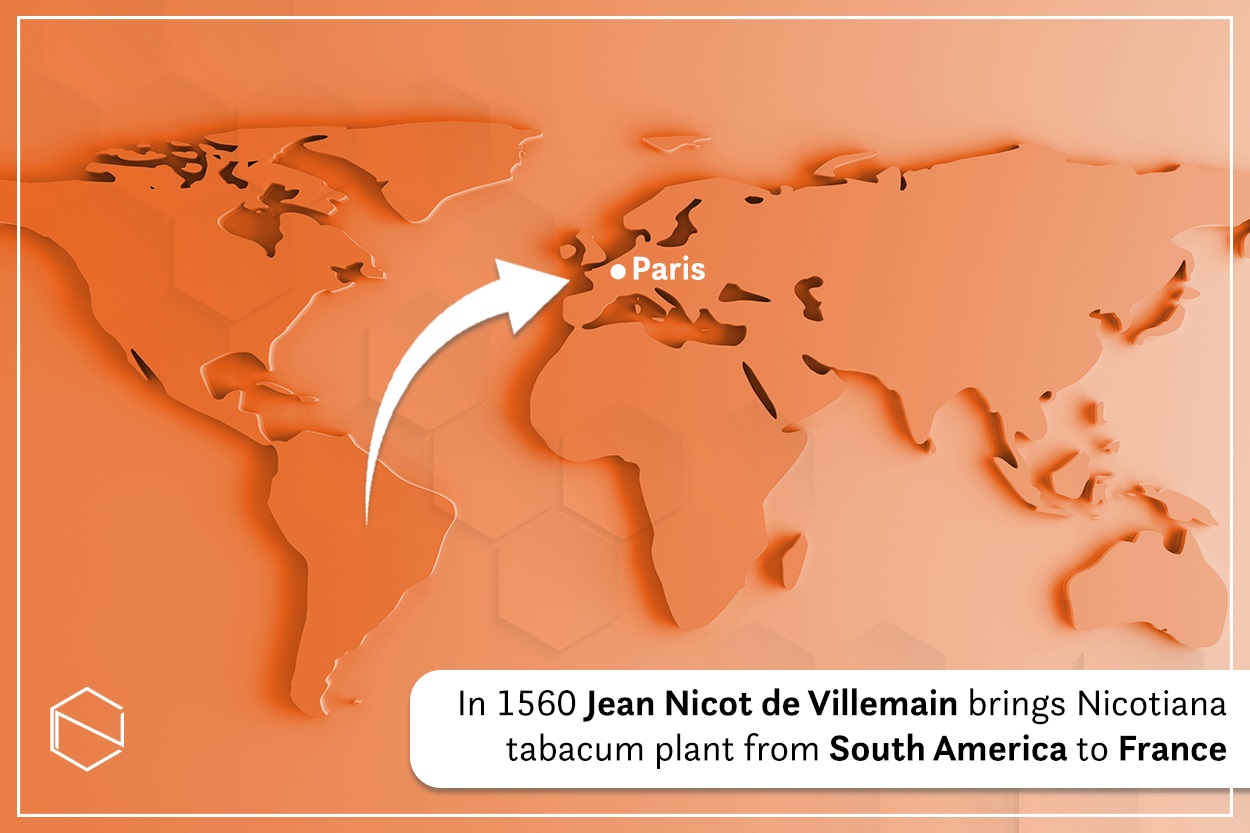
Pure Nicotine: characteristics and features
Now, let’s look at characteristics of pure nicotine. It is an oily liquid with transparent-to-yellow-to-brown color and hygroscopic properties. Depending on the solvent used to acquire nicotine and the time of exposure to oxygen, temperature, and light the color may differ. As for solvents, there are various, that may come to use when acquiring nicotine: water below 60 oC, chloroform, petroleum ether, isooctane, or benzene.
II. How to make nicotine? All steps of nicotine extraction process
Sourcing tobacco
Before pure nicotine is extracted, one has to grow the tobacco, which blooms from late June to September in the northern hemisphere and from September to February in the southern hemisphere. It grows on all continents and requires fertile and fairly moist soils.
How to grow Tobacco Plant (Nicotiana)?
If you ask us a question: “Can I grow tobacco in my backyard?” We have the most popular answer in the world: “It depends :) “.
Basically, tobacco can grow in any place, where there is warmth and at least 100 free-from-frost nights, as cold and too much water makes the plants thin and weak. Additionally, the range of temperature for tobacco to grow efficiently varies depending on the region, however, it differs from 18-25 oC to 20-30 oC. As mentioned earlier, there are various tobacco plants cultivated and the main causes behind it are different types of requirements and the reasons tobacco is sourced.
The most popular one is Nicotiana tabacum which has various groups of leaves:
- Lugs: the lowermost 4-5 leaves
- Cutter: middle leaves
- Upper-stalk: leaf and tip
What is worth noting, the higher the leaves, the higher the nicotine concentration in them.
The Biggest Tobacco Suppliers in the World
- China mostly supplies the world’s nicotine demand. In 2020 this country was leading, when it comes to sourcing tobacco, with over 2 610 000 tons of tobacco per year.
- Second, came India with over 800 000 tons, and was followed by Brasil with over 760 000 tons.
- After that, there was a big gap, as the 4th Zimbabwe produced more than 250 000 tons and 5th United States over 210 000 tons.
Additionally, China and India, are also the two biggest nicotine extract manufacturers in the world.
Learn more:
- How To Start And Grow E-Liquid Brand?
- Pharmaceutical Quality Of E-Liquids: What You Should Know?
- E-Liquid Manufacturing Standards: Tips For Producers And Brand Owners
- E-Liquid Manufacturers: Best Practices
- OEM Services And Private & White Label: 9 Reasons To Choose Chemnovatic As The Best Business Partner
Types of tobacco
The genus Nicotiana has around 70 species, and each of them can be a source of multiple tobacco types. For example, multiple types of tobacco can be grown just from Nicotiana tabacum when one brings seeds to grow in a different place, with different factors – soils, weather, or harvest period. All of these factors influence the final tobacco properties, which include leaves’ size and color, nicotine and sugar content, and consequently the taste. Additionally, each type can have various subtypes.
Below, we have described 3 of the most popular tobacco types, that are Oriental Tobacco, Virginia Tobacco, and Burley Tobacco.
Virginia Tobacco
Virginia tobacco has its roots in the decade of the XVII century. Then, the seeds of Nicotiana Tabacum were brought to the State of Virginia.
Depending on the time of harvest, the colour of the leaves may be light yellowish with high sugar content (early harvest) or darker, closer to orange with smaller sugar content.
Virginia tobacco can be flue-cured or air-cured. However, when flue-cured and the temperature is too high, the sugar turns into acid, consequently altering the taste that turns sharper and more irritating.
Virginia tobacco became popular as pipe tobacco and is one of, if not the most, popular tobacco types worldwide. Aside from the United States, Virginia tobacco is grown in Argentina, Brazil, China, and India.
Burley Tobacco
Burley tobacco is a bit younger than Virginia. It dates back to the second half of the XIX century when its seeds were brought to the State of Ohio.
Burley tobacco has white to yellowish leaves that turn darker brown during curing. Additionally, while curing, the existing sugar vanishes, which influences the taste that is dry. Moreover, the higher the leaf, the bolder the taste.
Burley tobacco often blends with other types, i.e., the aforementioned Virginia. Its role is to lighten the final taste of the mix. Moreover, compared to Virginia tobacco, Burley is also used as pipe tobacco and has almost the same content of nicotine, but thicker leaves. Moreover, this type of tobacco is grown in Argentina, Brazil, the United States, and Italy.
Oriental Tobacco
Oriental tobacco, also called Turkish tobacco, is grown in the Middle East, the Balkans, and Greece.
Compared to Virginia tobacco, it has much smaller leaves, but there are even three times more of them. Additionally, the nicotine content is smaller in Oriental tobacco compared to the previous two types.
During curing, some of the sugar remains in the Oriental tobacco leaves, which provides a sweet taste. Moreover, Oriental tobacco is often added to blends to bring a spicy note.
Drying tobacco leaves
When tobacco leaves are collected, they need to be dried. There are various methods, that apply to various species:
- Air-curing: tobacco leaves are hung in ventilated, unheated sheds. They remain there until the colour turns light-brown or brown. By the end of the process, they no longer contain sugar.
- Flue cure: heat enters the dryer through the pipes connected to a furnace placed outside. The colour range is from yellow to orange-red. Tobacco dried this way contains sugar.
- Sun-curing: leaves are left for up to 30 days in the sun. Color varies from yellow to brown, and tobacco contains a lot of sugar. Sun-curing is the most popular among the 4 mentioned methods.
- Fire-curing: similar to the process applied in smokehouses. Under the hung leaves, there are deciduous trees being burnt, which grants tobacco a specific smell.
When dried, tobacco is sorted by size, colour, and maturity. After that, the product is pressed into 30-80kg bales.
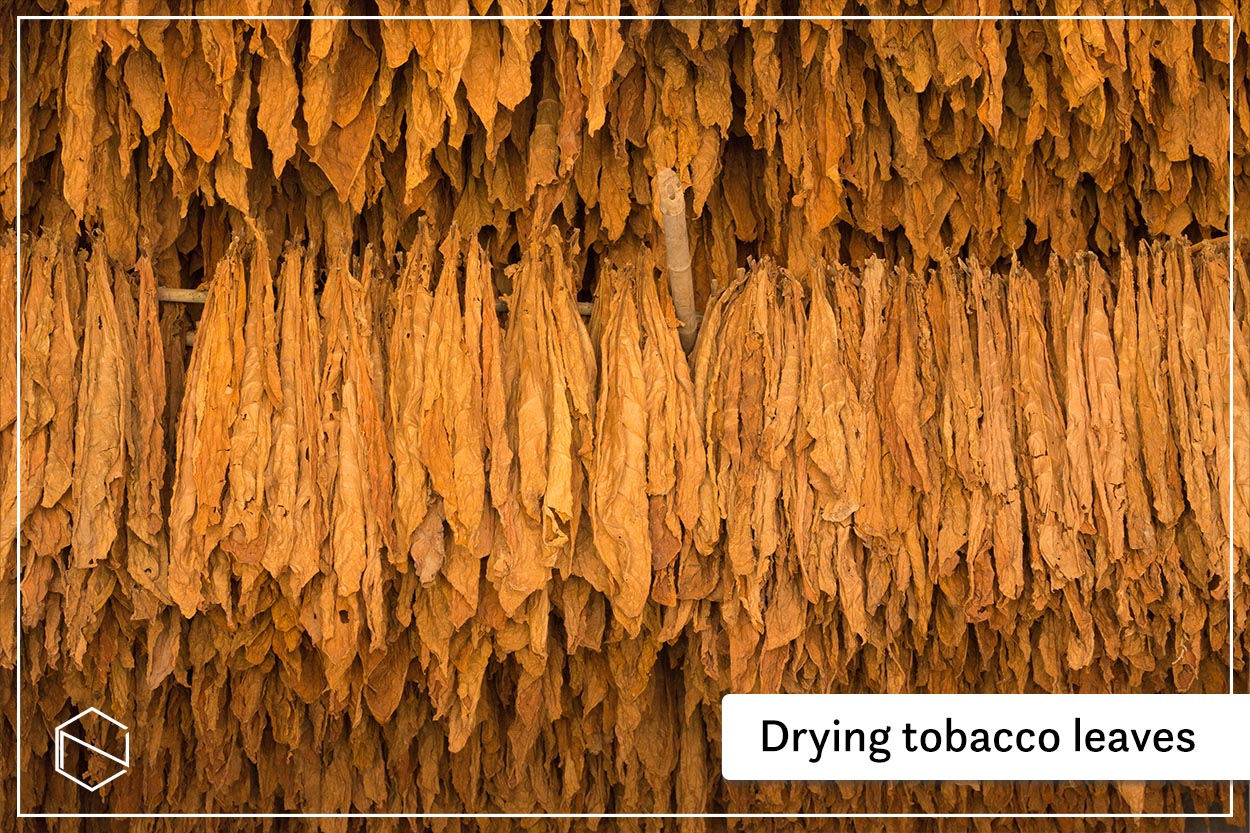
Leaves and dust – raw materials for tobacco extraction
After tobacco leaves are dried, they serve as raw materials in the process of extraction. Depending on the methods used, they are transformed into one of the two forms:
- Tobacco dust, which is a name for tobacco leaves ground to powder
- Shreds of around 2×2 mm, which the leaves were previously cut into
What is worth mentioning, after the process, used tobacco leaves gain another life.
Tobacco waste has multiple applications, especially in gardening and agriculture. It contains nitrogen, phosphorus, and potassium, which makes it a fertilizer, as the substances are of utter importance in the plant’s nutrition and enriching the soil. Moreover, tobacco waste works as a pesticide, as it contains nicotine, which is poisonous, if overdosed, to living organisms.
Let us mention, however, that used tobacco leaves may not be widely known in various parts of the world, as it is often not sold commercially.
Additionally, one has to be careful when using the substance. It doesn’t go in pair with every plant, i. e., tomatoes, and it may be dangerous for people. One should definitely not inhale it or use it with bare hands!
How is nicotine extracted from tobacco? Nicotine manufacturing process
The next step in the process is extraction. If you wonder how to extract nicotine from tobacco, you need to know there are various methods. The most popular are:
- solvent extraction,
- dry extraction,
- maceration,
- acidification,
- neutralization,
- supercritical extraction.
When it comes to the solvent method, as the name suggests, it is carried out using various solvents: water, mineral oils, organic solvents, or acids. It’s possible extracting nicotine from tobacco with alcohol too.
The nicotine extraction’s first step is the maceration of the dried tobacco. Then, the product is collected, filtered, and subjected to acidification, neutralization, and then to evaporation, after which the crude extract is obtained.
In the supercritical method, it is not solvent, but CO₂, which is used to separate nicotine from tobacco leaves, and dry extraction is about heating the material for extraction and acquiring steam/smoke, which is then dissolved in, e.g. water, in a forced circulation using, e.g., a vacuum pump.
In every method, the result is the same – liquid nicotine extract. What is different, however, is the road the substance has to travel and the scale of its pollution.

4-steps-of-nicotine-production
Nicotine distillation: How to get pure nicotine?
The next steps are purifying the crude extract and concentrating it. After that, distillation is done and the final effect is distilled nicotine with over 99% purity.
These are the stages of the process. There are various methods of execution for each of them, that the manufacturer may choose from, to obtain the desired product. As examples, we can mention the single-stage long-time controlled process of fractional distillation or rectification – a multilevel distillation, where one acquires a pure product at various stages of the process.
In the last years, Chemnovatic has cooperated with more than 10 suppliers of both extract and pre-purified nicotine (nicotine with 90-95% purity) from outside Europe. Our experiences confirmed our belief that final purification is a key stage in the entire process and has to be done in our facility in Poland. It ensures product pharmaceutical grade quality and repeatability, especially taking into consideration the shipping to our European business partners.
Nicotine impurities
Although not much is talked about it, nicotine’s purity is one of, if not the most, important factors concerning the substance.
Nicotine’s purity mostly depends on the quality of the production process, which affects 2 types of impurities – natural impurities, such as tobacco alkaloids, and degradation products. These are the unwanted substances that appear during manufacturing, transportation, and storage, and can influence the efficacy of the product.
The case of nicotine’s purity is regulated by the US Pharmacopeia and the European Pharmacopeia. According to the definition, pharmacopeia is:
An official list of drugs, containing binding standards for their composition, dosage, preparation, storage, as well as methods of testing their quality and evaluation.
Additionally, pharmacopeias also cover medicinal products, raw materials, and receipts. In short, pharmacopeia is a reference point for chemical substances in the pharmaceutical industry and the primary source of information for chemists and pharmacists regarding the purity, quality, preparation, and application of chemical substances.
According to the European Pharmacopoeia, there are 7 specified substances the content of which must be test in nicotine. They are:
- Cotinine,
- B-nicotyrine
- Anabasine
- Nicotine-n’-oxides
- Nornicotine
- Anatabine
- Myosmine
There can not be more than 0,3% of each of these substances in the chromatograph obtained results of nicotine’s purity. Additionally, there are also tests for unspecified impurities, which can not be more than 0,1%.
III. Nicotine distillation and quality assurance in Chemnovatic
In Chemnovatic, as one of the very few companies in Europe, we distill nicotine on our own. We use fractional distillation, where the distillation process is executed under lower pressure, which, consequently, lowers the boiling point, and nicotine’s, as well as the solvent’s evaporation temperatures.
After that, the substance with a lower boiling point evaporates and becomes condensed in another vessel. Hence, the nicotine extract becomes purified. We repeat the manufacturing process until our product reaches a minimum of 99,5% purity.
Having our own equipment, we have full control over this part of the process. Consequently, our PureNic 99+ is of the highest quality (pharmaceutical grade) and purity. When the distillation is finished the target products have to be stored.
Let us add, however, that being located in Poland, the center of Europe, brings multiple advantages. May it serve as an example, that we can ship packages taking full responsibility for the product during the delivery to European clients and we provide full service of DGD, and IMDG shipments. We ensure quick delivery to European companies, which will not affect the nicotine products’ quality.
In 2017 Chemnovatic implemented the ISO 9001:2015, HACCP systems, and has been maintaining both certifications ever since. In 2021, Chemnovatic was successfully verified by the Intertek auditing company in the scope of: Supplier Qualification Programme (SQP) and Workplace Condition Assessment (WCA).
Learn more:
- OEM Services And Private & White Label: 9 Reasons To Choose Chemnovatic As The Best Business Partner
- Packaging, Storing And Transport: Why Are They Important For Product’s Quality?
- E-Liquid Manufacturing Standards: Tips For Producers And Brand Owners
- Safe Usage Of Chemicals [Guide]
- E-Liquid Manufacturers: Best Practices
Keeping control over the external part of the process
We are constantly looking for and developing the source of each type of raw material, from tobacco extract to pre-purified nicotine, depending on the possibilities of suppliers and economic profitability. At the same time, we put emphasis on a stable and diversified supply chain in this area, making long-term contracts with suppliers whose reliability is proven with audits. Additionally, we focus on ESG practices that are of utter importance to us.
Each product manufactured by Chemnovatic comes with full documentation: material safety data sheet (MSDS), technical specification, and certificate of analysis.
4-Steps Quality Verification
Moreover, to ensure that our nicotine products are of the highest quality (pharmaceutical grade), we have developed the 4-Steps Quality Verification.
The first stage is the inter-process laboratory analysis of each batch, which confirms the repeatability of the production process at its various stages.
It is followed by laboratory analysis of each batch of the finished product. By that, we mean getting the full spectrum of EP compliance tests and others, in our in-house laboratory.
Step number 3 is a multi-person panel assessment of the sensory aspects such as the smell and taste of each batch. The final stage is random confirmation of the results of internal tests in external accredited laboratories.
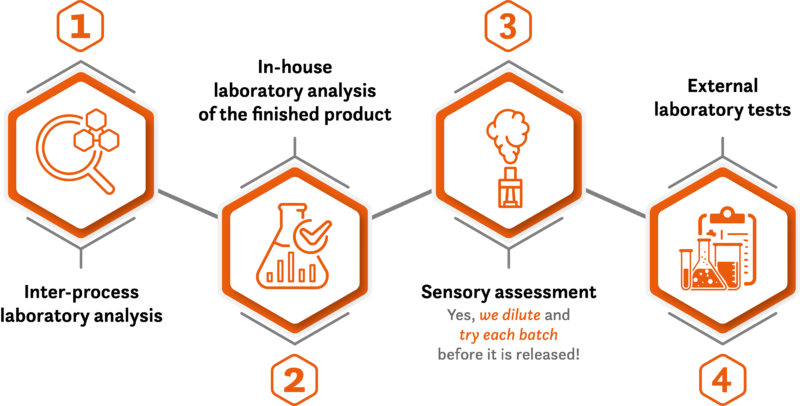
IV. Understanding Nicotine & Its Effects on Your Body
Although we care about safety on each step, one always has to remember, that nicotine is a very dangerous substance. Especially in pure, undiluted form, and there are various ways of its absorption. The fastest is through the lungs, and a bit slower by the mucosa of the nose and mouth. What is also essential, is the absorbed source. The more alkaline it is, the easier the absorption.
Let’s state here also, that as harmful as e-liquid vaping may be, it is still less dangerous than smoking traditional cigarettes.
Many manufacturers of e-liquids or pouches decide to use nicotine base (nicotine diluted in PG/VG) instead of using its pure form. It is much easier to handle and carries less risk.
Read more:
- Storing And Handling Pure Nicotine And Nicotine Salts
- 5 Steps To High Quality Nicotine Bases
- How To Choose The Best E-Liquid Base?
- What Makes A Good Nicotine Base?
- E-Liquid Bases New Generation: What Should You Know About Nic&Salt Hybrid Bases?
- PG/VG Ratio: How To Find The Best For E-Liquids
- The Differences Between Glycol And Glycerine: When To Use Which?
Symptoms of Nicotine Overdose and Poisoning
When one is exposed to liquid nicotine, poisoning symptoms may occur. Among them, there are: nausea, vomiting, stomach pain, and severe dizziness. In the next phases salivation, blood pressure, and heart rate may be increased. In the worst case, intoxication may be fatal. Hence, keep in mind, that a lethal dose for adults may be 6.5-13 mg of pure nicotine/kg of body mass.
There may be various dangerous situations connected with nicotine:
- If it’s poured on one’s skin, remove contaminated clothing and clear the skin with plenty of water with soap.
- When the substance meets the eyes, was them with their eyelids open for 10-15 mins.
- In case one ingests nicotine, do not force vomiting, just rinse one’s mouth with water, and if they lose consciousness, do not make them drink anything!
- If there are nicotine fumes, cut off the source by removing the substance to fresh air.
Green tobacco sickness
There is also a disease called “green tobacco sickness”, which refers to farming tobacco plants. People who are exposed to nicotine, which may be absorbed through skin, and cause intoxication. The most common symptom, in this case, is weakness, followed by nausea, vomiting, and dizziness.
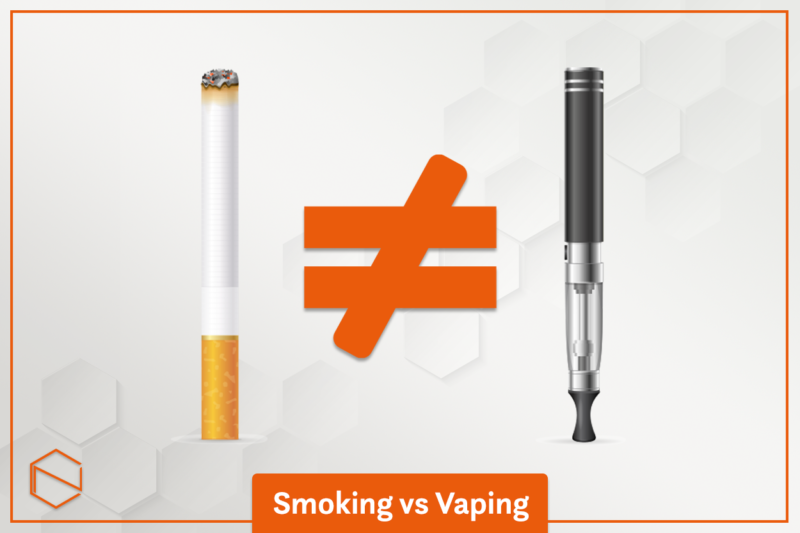
Smoking vs. Vaping
As mentioned earlier, vaping is less harmful than cigarettes smoking. Absorbing nicotine, especially from traditional cigarettes, also has long-term effects and can lead to many health problems.
Tobacco leaves contain around 3800 substances that grow to even 5000-6000 when combusted. Around 100 combustion products are harmful and connected with some health risks, such as developing lung cancer, emphysema, cardiovascular disease, and more. Among the 100 there are: carbon monoxide, arsenic, and radioactive polonium-210.
According to Public Health England, when comparing electronic cigarettes and traditional ones, there is at least 95% risk reduction when it comes to vaping.
See also:
- “E-Cigarettes Are The Most Popular Stop Smoking Aid In England”: Statement Of Public Health England
- Nicotine Absorption And Nicotine Salts
- Harmful Substances In E-Liquid Flavorings
- Long Term Effects Of Vaping [Research]
- Popcorn Lungs: What You Need To Know
- What About Vaping Sucralose?
V. Nicotine applications
Recreational purpose (i.e. e-liquids)
However dangerous and addictive, nicotine has a wide range of uses. The first, that comes to mind is a recreational purpose. For many smoking or vaping is pleasurable.
Nowadays, there are various forms of nicotine absorption and products including nicotine – e-cigarettes (e-liquid), cigarettes, nicotine pouches, nicotine toothpicks, plasters, vape cartridges and more.
Smoking cigarettes is the most harmful way of nicotine consumption as well as the most popular worldwide.
The other forms, including e-liquid, are often chosen by customers as a way to quit smoking according to the Tobacco Harm Reduction and Nicotine Replacement Therapies (NRT) concept.
See more:
- Beginner’s Guide To Vaping: E-Liquid, Devices, Raw Materials, and more
- What Are E-Liquids? History And Business Opportunities
- What Are Nicotine Pouches? 8 Facts You Need To Know
- Nicotine Pouche’s Popularity: Key Statistics
- What Are Nicotine Toothpicks?
Nicotine in medicine
Another example of the use of nicotine is the medical branch. As mentioned earlier, when smoking tobacco, there are around 100 harmful substances, that appear during combustion, and it’s commonly known, that smoking is harmful. Hence, nicotine may help give up on cigarettes. When one tries to quit, withdrawal symptoms may appear. In that case, nicotine may come helpful, to reduce the symptoms of withdrawal. To help complete the task, nicotine may be delivered to the body through nicotine patches, lozenges, sprays, and inhalation cartridges as they provide controlled levels of nicotine and there is no combustion.
Back to the fields – agricultural usage
Last but not least, we are back to square one – the natural environment. Nicotine is produced by some plants in order to scare away herbivores. Low doses are toxic for insects, preventing the plants from being destroyed by pests. Hence, nicotine is often used in the agricultural industry as a pivotal compound of insecticides. Consequently, farmers often reach for nicotine-containing products to protect their cultivations.
The use of nicotine in insecticides changed a bit in 2014 when the regulations made such products banned from the United States and the European Union. Nowadays, farmers use neonicotinoids, which are derived from nicotine.
VI. Summary
The story of nicotine dates several centuries back and begins in South America. Although the substance is used by millions worldwide, it has to be treated carefully from the very first touch. Even farmers shall be careful, due to the “green tobacco sickness”, let alone manufacturers, who work with it in pure, undiluted form. In case there are any signs of poisoning or you just feel worse after contact with nicotine, don’t hesitate to contact a medical doctor!
Nicotine is derived from tobacco plants, among which Nicotiana tabacum is the most popular. After sourcing it is dried and subjected to extraction, followed by purification. For all these steps, there are various manufacturing methods.
Similarly, there are various methods for nicotine intake: recreational products, such as e-liquids or nicotine pouches, or medical products such as nicotine patches. One should also keep in mind, that vaping does not equal smoking cigarettes, but is still harmful. The difference is in substances created when tobacco is combusted, which does not happen in e-liquids mist.
To sum up, dangerous as liquid nicotine may be, when working with the substance, one should always follow the procedures and improve safety protocols for both, pure nicotine and nicotine bases. Most of all, be sure of using high-quality raw materials.
Let’s grow your business together!
Subscribe to our newsletter and receive a free access to our e-mail course on raw materials for e-liquids production (and more!).
No spam, only valuable content we promise to send you.






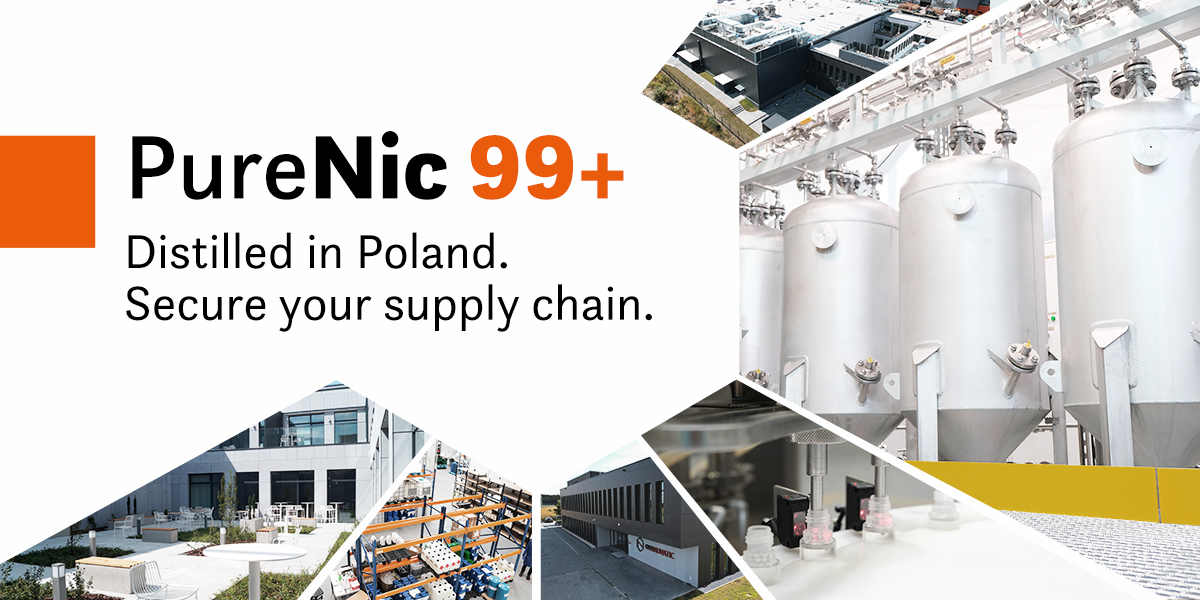

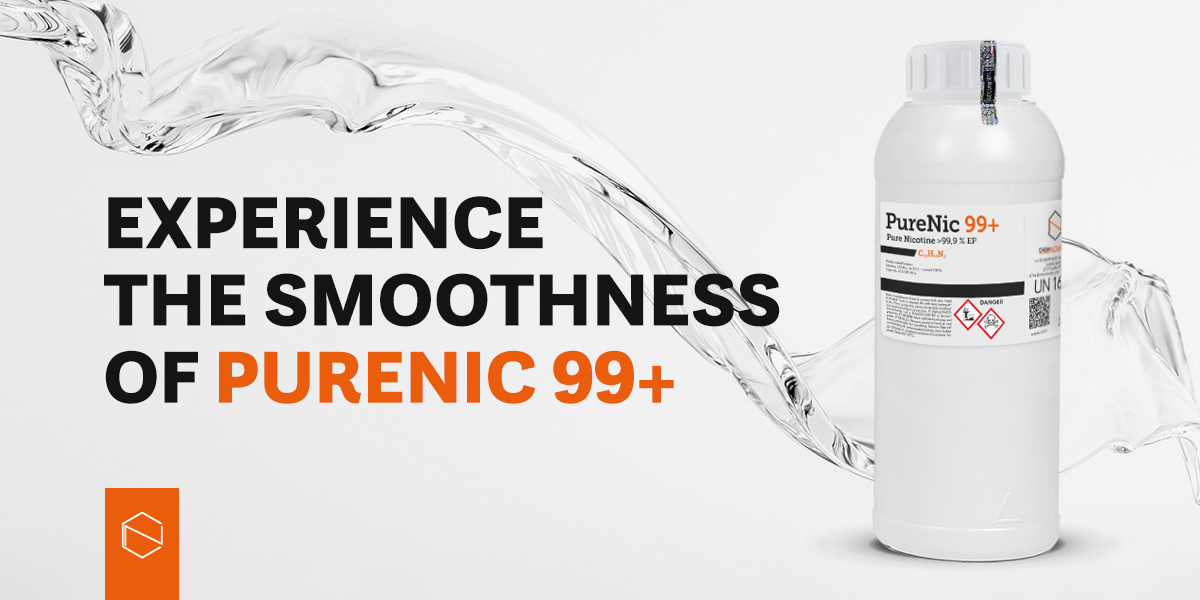





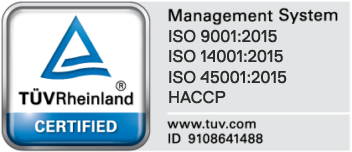









Who can I contact at Chemnovatic for information regarding the tobacco which is used in your manufacturing process?
Regards
Johann
Hello, you can write to us sales@chemnovatic.com with your inquiry – we will proceed to forward you to our specialists right away. :)